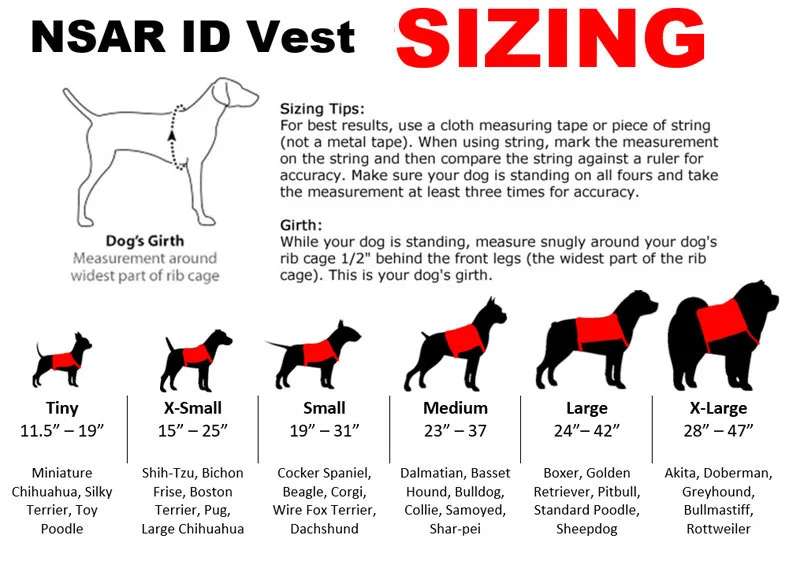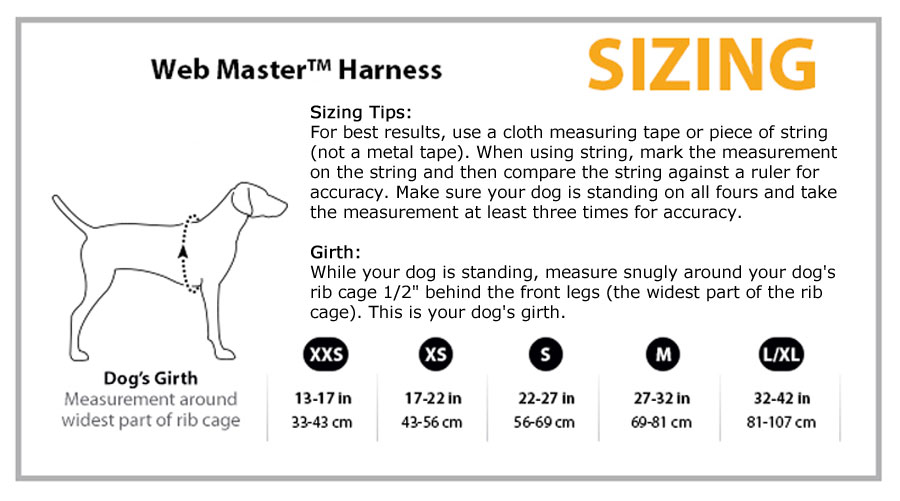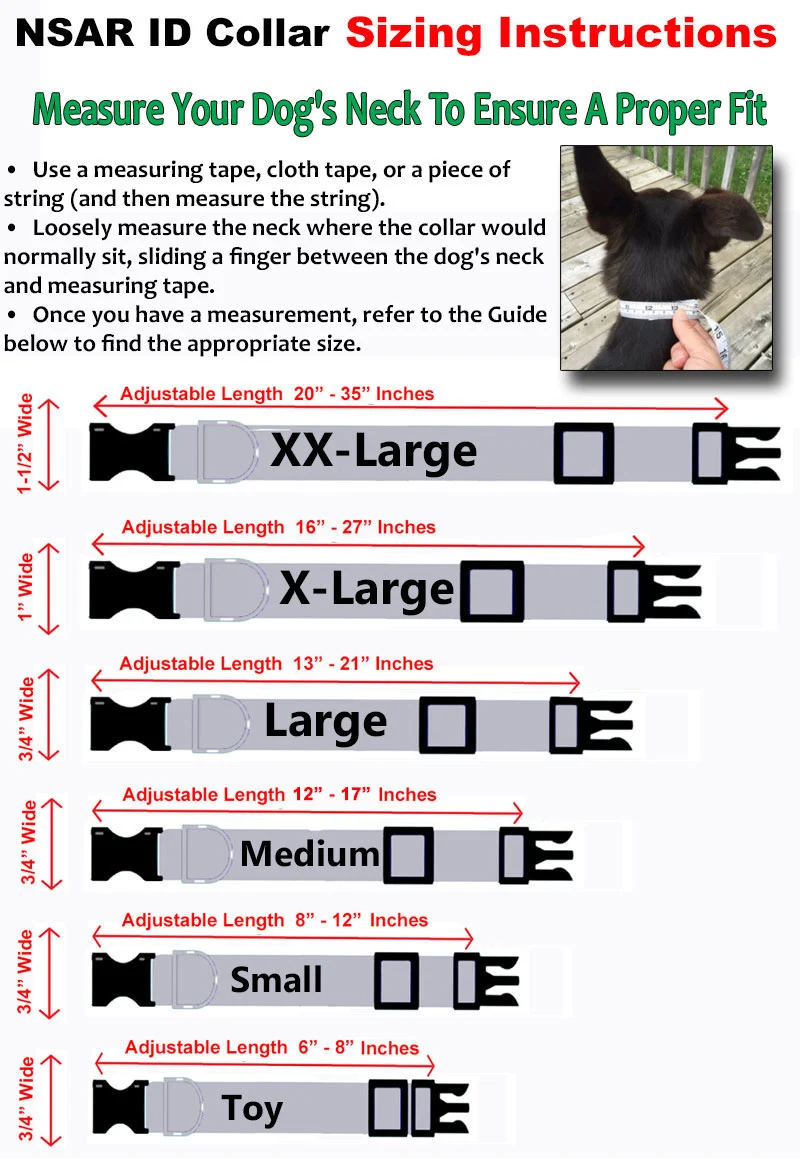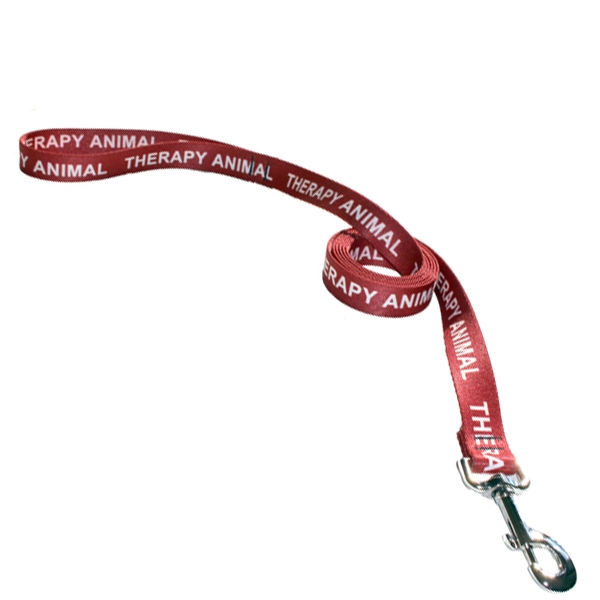
February is not just about Valentine’s Day; it’s also the month dedicated to celebrating Responsible Pet Owners. In this heartfelt article, we will delve into the principles that define responsible pet ownership, emphasizing the importance of lifelong commitment, thoughtful selection, financial and time investments, habitat considerations, identification measures, adherence to local ordinances, and proactive health care.
The Foundation of Responsible Pet Ownership
Responsible pet ownership begins with a lifelong commitment. When you bring a pet into your life, you’re signing up for years of companionship and responsibility. Pets are not temporary fixes; they become integral parts of our families. Embracing the idea of a lifetime commitment sets the stage for a fulfilling relationship between pet and owner.
Matching Lifestyles and Personalities
Choosing the right pet is a crucial aspect of responsible ownership. Different breeds and species have distinct needs and temperaments. Thoughtful selection involves considering your lifestyle, living situation, and personal preferences. Whether it’s a playful puppy or a more independent cat, ensuring a good match sets the groundwork for a harmonious and lasting connection.
Financial and Time Investments: Nurturing the Bond
Pets require more than just love; they demand financial and time investments. From nutritious food and regular veterinary care to interactive toys and quality time spent together, being a responsible pet owner means being prepared to invest in your furry friend’s well-being.
Habitat Considerations: Creating a Safe Haven
Pets thrive in environments tailored to their needs. Responsible owners create a safe and comfortable habitat for their pets. Whether it’s providing a cozy bed for a dog or a stimulating environment for a parrot, understanding and catering to their habitat requirements contribute to their overall happiness.
Identification Measures: Ensuring Safety and Security
Responsible pet owners prioritize identification measures to ensure their pets’ safety. Microchipping, collars with identification tags, and updated contact information are vital components of responsible ownership. These measures play a crucial role in reuniting lost pets with their owners.

Adherence to Local Ordinances: Being a Law-Abiding Pet Parent
Responsible pet ownership extends beyond the home. Adhering to local ordinances, such as leash laws and licensing requirements, demonstrates respect for the community and contributes to a harmonious coexistence between pet owners and non-pet owners alike.
Proactive Health Care: A Preventive Approach
Regular veterinary check-ups, vaccinations, and preventive care are fundamental to responsible pet ownership. A proactive approach to health care ensures that potential issues are addressed early, promoting the overall well-being of our furry companions.
Socialization and Training: Building Strong Foundations
Socialization and training are pivotal for a well-adjusted pet. Responsible owners expose their pets to various environments, people, and other animals, fostering positive behavior. Training builds a strong foundation of communication, ensuring a happy and cooperative relationship between pet and owner.
Waste Disposal: Keeping Communities Clean
Responsible pet owners understand the importance of proper waste disposal. Whether walking your dog or cleaning a litter box, ensuring waste is disposed of appropriately contributes to a clean and healthy community.
Responsible Breeding: Ensuring a Bright Future
Responsible breeding practices are critical for the well-being of pets. Avoiding overpopulation and promoting genetic diversity contribute to the overall health of the animal kingdom. Responsible breeders prioritize the health and temperament of their animals, aiming for positive contributions to the species.

Emotional Support Animals and Service Dogs: Special Bonds
Emotional support animals (ESAs) and service dogs play unique roles in the lives of their owners. ESAs provide comfort and companionship, while service dogs offer essential assistance to individuals with disabilities. Responsible ownership of these special animals involves understanding their specific needs, legal considerations, and the profound impact they have on their owners’ lives.
Conclusion: Celebrating the Warmth and Joy of Pet Ownership
As Responsible Pet Owners Month comes to a close, let’s celebrate the positive, warm, and fuzzy feelings that pet ownership brings to our lives. The joy, companionship, and emotional support pets provide are unparalleled. Whether it’s the gentle purring of a cat or the enthusiastic tail-wagging of a dog, our pets fill our lives with love and happiness.
In conclusion, let’s cherish the bond we share with our pets. Whether they are emotional support animals, service dogs, or beloved family members, they bring immeasurable joy to our lives. As responsible pet owners, we have the privilege of nurturing these incredible relationships and creating a world where pets and humans coexist in harmony. So, here’s to Responsible Pet Owners Month, a time to reflect on the commitments we’ve made to our furry companions and revel in the warmth they bring to our hearts.
Brought to you by National Service Animal Registry. Learn more about us and how to qualify your pet as a service dog, emotional support animal (ESA), or therapy animal, TODAY!


























